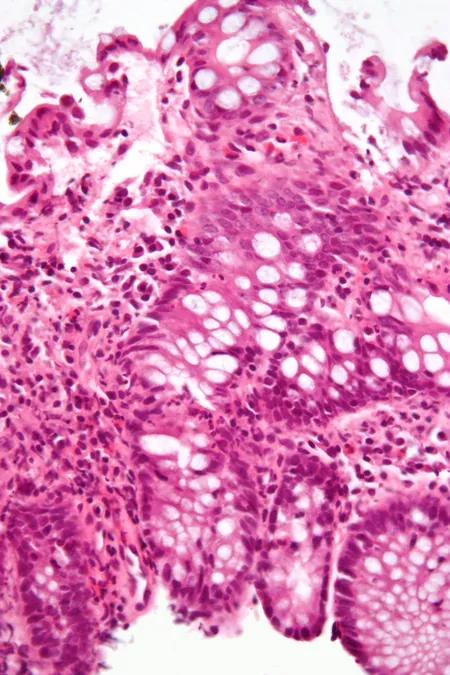
Revolutionary DNA Microscope Unlocks 3D Secrets of Organisms' Genetic Makeup!
2025-03-28
Author: John Tan
Modern genetic sequencing has vastly enhanced our understanding of DNA, but traditional methods still come up short in revealing the precise location of genetic sequences within biological samples. Researchers at the University of Chicago (UChicago) are paving the way toward a groundbreaking solution: a novel technique known as volumetric DNA microscopy.
This innovative approach involves tagging DNA or RNA molecules, allowing interactions between neighboring tags to encode spatial positions within the tissue. The result? An extraordinary 3D image that maps genetic material inside entire organisms. Joshua Weinstein, PhD, an assistant professor of medicine and molecular engineering at UChicago, emphasizes the revolutionary potential of this technology. "It's a level of biology that no one has ever seen before," he states, expressing excitement over the new avenue of discovery.
In a recent publication titled "Spatial transcriptomic imaging of an intact organism using volumetric DNA microscopy" in *Nature Biotechnology*, Weinstein and his co-author, postdoctoral scholar Nianchao Qian, PhD, applied this method to visualize a complete DNA image of a zebrafish embryo, a popular model for studying development and neurobiology.
Unlike conventional microscopes that rely on light or lenses, DNA microscopy operates by mapping molecular interactions. The technique begins by attaching unique molecular identifiers (UMIs) to DNA and RNA within the cells. As these tags replicate, they trigger a chemical reaction, generating unique event identifiers (UEIs) that reflect their spatial proximity. UMI pairs that are close together interact more frequently and yield more UEIs than distant pairs, effectively creating a spatial profile of the organism's genetic architecture.
Weinstein likens this method to determining the locations of people in a city based on the cell phone signals they emit. "Knowing a cell phone number is like identifying the genetic sequence of a molecule," he explains. "But tracking interactions provides a clearer picture of their locations." This paradigm shift redefines traditional imaging: instead of illuminating samples with light, researchers harness the power of biochemistry and DNA to forge an intricate network of genetic interactions.
One of the most exciting aspects of DNA microscopy is its ability to operate without pre-existing knowledge of the organism's genome or structure. This opens new avenues for exploration, especially in complex environments like tumors that harbor numerous genetic mutations. By mapping the tumor microenvironment and its interactions with immune cells, this technology holds promise for individualized cancer therapies and innovative vaccine designs.
According to Weinstein, "This lays the critical foundation for comprehensively understanding the unique cells within the lymphatic system or tumor tissues." As DNA microscopy fills longstanding gaps in technology, it may lead not only to deeper insights into genetic variability but also to breakthroughs in personalized medicine.
Stay tuned as this revolutionary technology could transform our understanding of biology, leading to a new era of precision therapies and tailored healthcare solutions!



 Brasil (PT)
Brasil (PT)
 Canada (EN)
Canada (EN)
 Chile (ES)
Chile (ES)
 Česko (CS)
Česko (CS)
 대한민국 (KO)
대한민국 (KO)
 España (ES)
España (ES)
 France (FR)
France (FR)
 Hong Kong (EN)
Hong Kong (EN)
 Italia (IT)
Italia (IT)
 日本 (JA)
日本 (JA)
 Magyarország (HU)
Magyarország (HU)
 Norge (NO)
Norge (NO)
 Polska (PL)
Polska (PL)
 Schweiz (DE)
Schweiz (DE)
 Singapore (EN)
Singapore (EN)
 Sverige (SV)
Sverige (SV)
 Suomi (FI)
Suomi (FI)
 Türkiye (TR)
Türkiye (TR)
 الإمارات العربية المتحدة (AR)
الإمارات العربية المتحدة (AR)